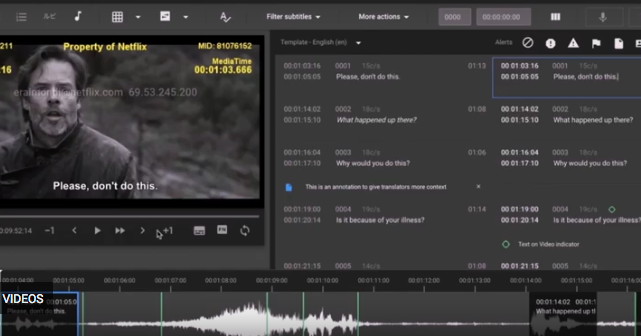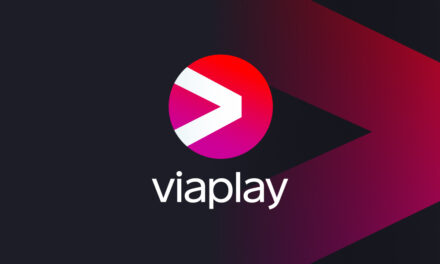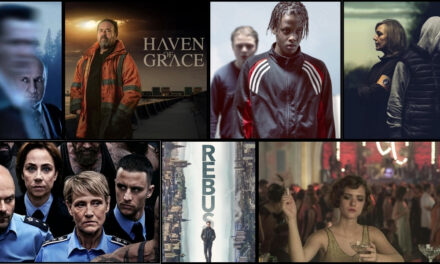
Subtitles fall into the category of “Things you don’t notice unless they are BAD”. Turns out the reason we don’t notice them is because of the Herculean effort that distributors put forth in order to make the subtitles as “invisible” as possible to viewers. A friend forwarded me an article about Netflix’ strategy on subtitling (you can read the whole article here), and I found it fascinating. Suffice it to say that they put WAY more thought into it than we realize. Nerd out with me here for a minute about the process.
The Big Picture
Currently, Netflix subtitles ALL of their shows in up to 27 languages. Not all titles get that widely distributed, but certainly some Netflix Originals do. Subtitles are not considered “data entry” or merely “translation”. Actual linguists create the titles, and Netflix tries to keep the same linguist on a show for an entire season. The first thing that happens with an international show is it is translated into English and roughly titled, for internal use only. That way the publicists and marketing staff in California can create promotional materials on time. Then a linguist creates the subtitles that viewers see, which take into consideration culture, slang, readability, on-screen placement and more.
Titling Considerations
Netflix’ strategy with subtitling is to “preserve the creative intent and linguistic nuances of the original show.” In 27 languages. The challenges they face are fascinating:
- Fast Talking-we hear faster than we read, and sometimes the person onscreen talks really fast. How can we get all his/her words into a subtitle and read it before the shot changes? Sometimes it’s not possible, and Netflix can’t slow down the show or pause to wait for us, so instead they truncate the title. For instance, they may list 2 out of the 3 things the person is saying. The art is to put enough in that viewers get the idea, but cut enough to make the timing fit.
- Offensive Language-This is a good example of why you need a linguist. They make sure that the translation is not more offensive than the original. For example, in an Italian show, the linguist opted to translate “la negra” into “black bitch” instead of “ni**er bitch”, because the N-word is much more inflammatory in the U.S. than the original show intended to be.
- Dialects– Netflix found out via the Twittersphere that people get very grumpy when slang or dialects are translated into proper English. For example, in Luke Cage, there is a Jamaican character, and even though he is technically speaking English, the Jamaican patois is hard to understand, so they subtitled it. The proper English translation of his line is, “All of the people are calling out the name Luke Cage”, but that seems silly, like the translation of Jive on the movie Airplane! So instead they revised it to, “All di people dem calling Luke Cage name”, which is phonetically closer to the truth
According to Kathy Rokni, Director of Globalization, Netflix “has learned in this last couple of years that our members love great stories, it doesn’t matter which language they come in.” Translating and titling shows so that people all over the world can enjoy them is a major undertaking. I haven’t even scratched the surface of the issue. If you would like to watch Netflix’ 1-hour presentation on their titling strategy (I did!), you can go here.
What do you think of their subtitles?
Looking for more of the best in foreign TV? Don’t miss our other great reviews HERE!





